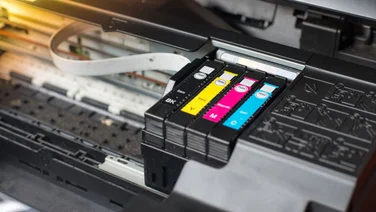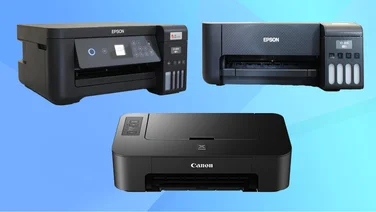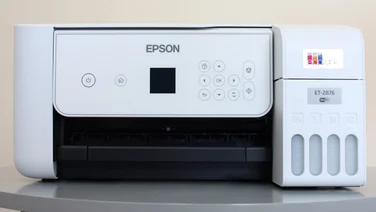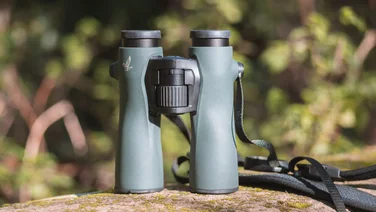To help us provide you with free impartial advice, we may earn a commission if you buy through links on our site. Learn more










The HX200V is a beast of a camera. It’s bristling with big numbers and impressive features, including an 18-megapixel sensor, 30x zoom, articulated 3in screen, electronic viewfinder and GPS. Even the cardboard box is a force to reckoned with, with serrated edges that can slice through human flesh.
Thankfully, the camera itself is much gentler on the hands. The substantial handgrip and contoured back plate are a snug fit, and the shutter button and command dial fall neatly under the thumb and forefinger. The sharp, bright screen tilts up and down rather than around to the side, but with it tilted up at 45 degrees and the left hand controlling the zoom with the lens ring, this camera is really satisfying to use.

The viewfinder is a let-down, though. Its 201,600-dot resolution is considerably courser than the LCD screen’s 921,600 dots, and the view is quite small. We’d have preferred for Sony to bump up the price to include the fantastic 2.4-million dot viewfinder that graces the Sony NEX-7, or do without one altogether. We’d also have liked an accessory shoe for flashguns and off-camera flash systems.

In-camera GPS functions can be undermined by the slow time it takes to get a lock after switching on. Sony gets around this with a log function, which keeps a constant record of the camera’s position, even when the camera is switched off. It’s sensibly limited to a 24-hour period to avoid draining the battery, and it has the added benefit of creating a log file to see the route you travelled. This generates a huge amount of data, recording its coordinates every few seconds whereas other cameras only do so every couple of minutes. However, accuracy was often out by around 100 feet, so the plotted route at www.gpsvisualizer.com looked like it was for a hyperactive dog. The same route as recorded by the Fujifilm Finepix F770EXR was less detailed but ultimately more accurate.

There’s no shortage of advanced photographic functions, with the camera capturing multiple exposures to reduce noise, create panoramas and capture scenes in 3D. Sony has provided these functions for years, and although its competitors are catching up, it still leads the way. Its Anti Motion Blur mode combines exposures to reduce noise but uses clever processing to avoid ghosting in moving subjects. It’s used automatically in low light when Superior Auto is selected on the mode dial.
Priority and manual exposure are available too, and cycling through the exposure-related controls is a simple matter of pushing and turning the command dial. It’s a good system once you’ve found it – we spent a while searching in vain for the ISO speed control in the menu. A dedicated Focus button makes it quick to reposition the autofocus point. There’s a custom button that’s set to AE lock by default, but can be reconfigured to one of four other functions. Autofocus is responsive, and 1.2 seconds on average between shots is a fine achievement. Continuous shooting is at 10fps or 2fps, but only lasts for 10 frames before taking a seven-second breather.
The combination of 30x zoom and 18-megapixel sensor means this camera should be pretty good at capturing details in faraway subjects. Sadly, though, such a high resolution in a 1/2.3in sensor had the usual effect of boosting noise levels more than details. Even in bright light at ISO 100, subtle details were obscured by noise reduction. A combination of heavy noise reduction and sharpening plus slightly soft focus gave bolder details a spidery quality. Slight chromatic aberrations and heavy purple fringing around highlights didn’t help, either. Comparing telephoto shots to the same scene taken with the Panasonic Lumix DMC-FZ150, the Panasonic resolved much more fine detail, despite its lower-rated zoom and megapixel count.

Focus is a little vague at the long end of the zoom, and heavy digital sharpening and noise reduction has led to turbulence around high-contrast lines
It’s also disappointing that Sony has taken to implementing a Clear Image Zoom function that’s available separately from its digital zoom. It looks exactly like digital zoom to us, doubling the zoom range to 60x but adding no discernible extra detail. In fact, it served mostly to exaggerate the turbulence in fine details caused by image noise, even in bright light at ISO 100. At least it’s possible to turn both Clear Image Zoom and Digital Zoom off in the menu.

The Clear Image Zoom accentuates noise and hasn’t added any detail that we can see
When lower light demanded higher ISO speeds, image quality held up surprisingly well. By ISO 1600, shadows were a little grainy but overall image quality was still good enough for viewing on screen on small prints. This is important not just for indoor photography but also for telephoto shooting in anything but direct sunlight, as fast shutter and ISO speeds are needed to avoid blur. The camera frequently raised the ISO speed to 800 in these situations, and while smudged, spidery details were all the more visible, they weren’t terrible. Skin textures were handled less successfully at faster ISO speeds, though.

Noise reduction appears to be working hard here, but it copes well with the bold shapes and smooth colours of this clock

Skin textures are less forgiving. At similar exposure settings to the clock photo, the results here are less impressive
The HX200V’s videos are more impressive than its photos. They’re recorded at up to 1080p, 50fps and 30 minutes in AVCHD format. Picture quality was crisp and detailed, and exhibited remarkably little noise in low light. The optical stabilisation did a fantastic job of keeping handheld shots steady at the full zoom extension, autofocus was responsive and smooth and the zoom motor had a minimal impact on the high quality stereo soundtrack.
It’s disappointing that there’s no manual control over video exposures, but Sony makes up for it with the ability to capture 13-megapixel photos while recording videos. This isn’t available when recording at 50fps but that’s a fair compromise. Using this function in low light, the videos exhibited significantly lower noise than the photos of the same scene, even when the photos were resized to the same dimensions.
In many respects the HX200V is very similar to the Panasonic FZ150. https://www.expertreviews.co.uk/digital-cameras/1286875/panasonic-lumix-dmc-fz150 They both excel for video, and while the FZ150’s manual exposure control for video gives it a distinct edge for creative video projects, the HX200V’s ability to capture photos and videos simultaneously will be more popular with casual users. The FZ150 is the faster of the two for photos, particularly with its ability to shoot at 5.4fps with updating autofocus. However, the HX200V’s GPS function will be more appealing for some people.
Then there’s the FZ150’s superior image quality. The HX200V doesn’t have any other aces to pull out of its sleeve, so the Panasonic Lumix DMC-FZ150 remains our top recommendation.





